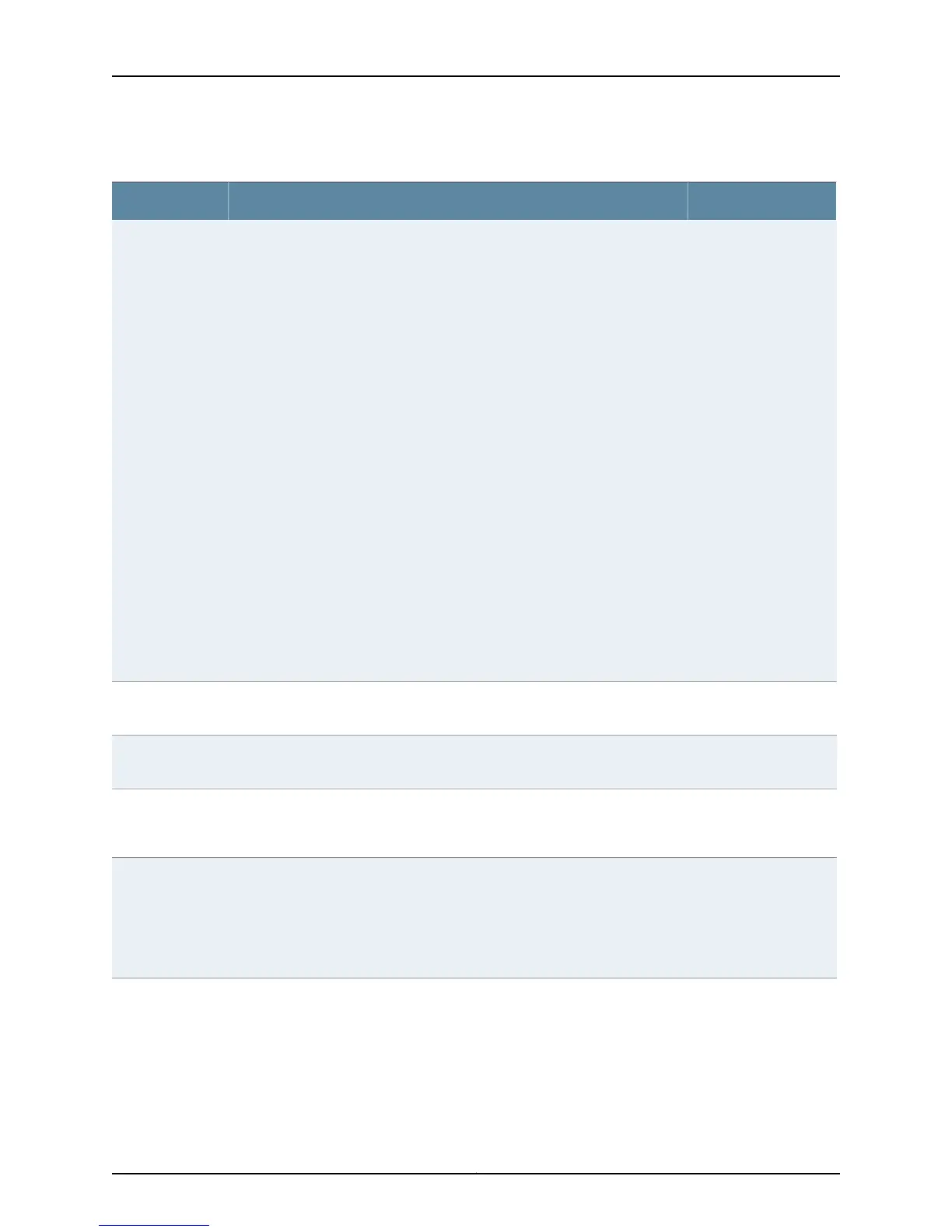Table 52: show interfaces xe- Output Fields (continued)
Level of OutputField DescriptionField Name
extensiveOutput errors on the interface:
• Carrier transitions—Number of times the interface has gone from down to up.
This number does not normally increment quickly, increasing only when the
cable is unplugged, the far-end system is powered down and then up, or
another problem occurs. If the number of carrier transitions increments quickly
(perhaps once every 10 seconds), the cable, the far-end system, or the PIC
or PIM is malfunctioning.
• Errors—Sum of the outgoing frame aborts and FCS errors.
• Drops—Number of packets dropped by the output queue of the I/O Manager
ASIC. If the interface is saturated, this number increments once for every
packet that is dropped by the ASIC's RED mechanism.
• Collisions—Number of Ethernet collisions. A 10-Gigabit Ethernet interface
supports only full-duplex operation, so for 10-Gigabit Ethernet interfaces,
this number should always remain 0. If it is nonzero, there is a software bug.
• Aged packets—Number of packets that remained in shared packet SDRAM
so long that the system automatically purged them. The value in this field
should never increment. If it does, it is most likely a software bug or possibly
malfunctioning hardware.
• FIFO errors—Number of FIFO errors in the send direction as reported by the
ASIC on the PIC. If this value is ever nonzero, the PIC is probably
malfunctioning.
• HS link CRC errors—Number of errors on the high-speed links between the
ASICs responsible for handling the switch interfaces.
• MTU errors—Number of packets whose size exceeded the MTU of the interface.
• Resource errors—Sum of transmit drops.
Output errors
detail
extensive
Number of CoS ingress queues supported on the specified interface. Displayed
only for an interface on a line card with oversubscribed ports.
Ingress queues
detail
extensive
Number of CoS egress queues supported on the specified interface.Egress queues
detail
extensive
Number of Packet Forwarding Engine egress queues shared by the interfaces
in a port group. Displayed only for an interface on a line card with oversubscribed
ports.
PFE Egress queues
detail
extensive
Statistics for queues:
• Queued packets—Number of queued packets. This counter is not supported
on EX switches and always contains 0.
• Transmitted packets—Number of transmitted packets.
• Dropped packets—Number of packets dropped by the ASIC's RED mechanism.
Queue counters
Copyright © 2015, Juniper Networks, Inc.312
Network Interfaces for EX4300 Switches

